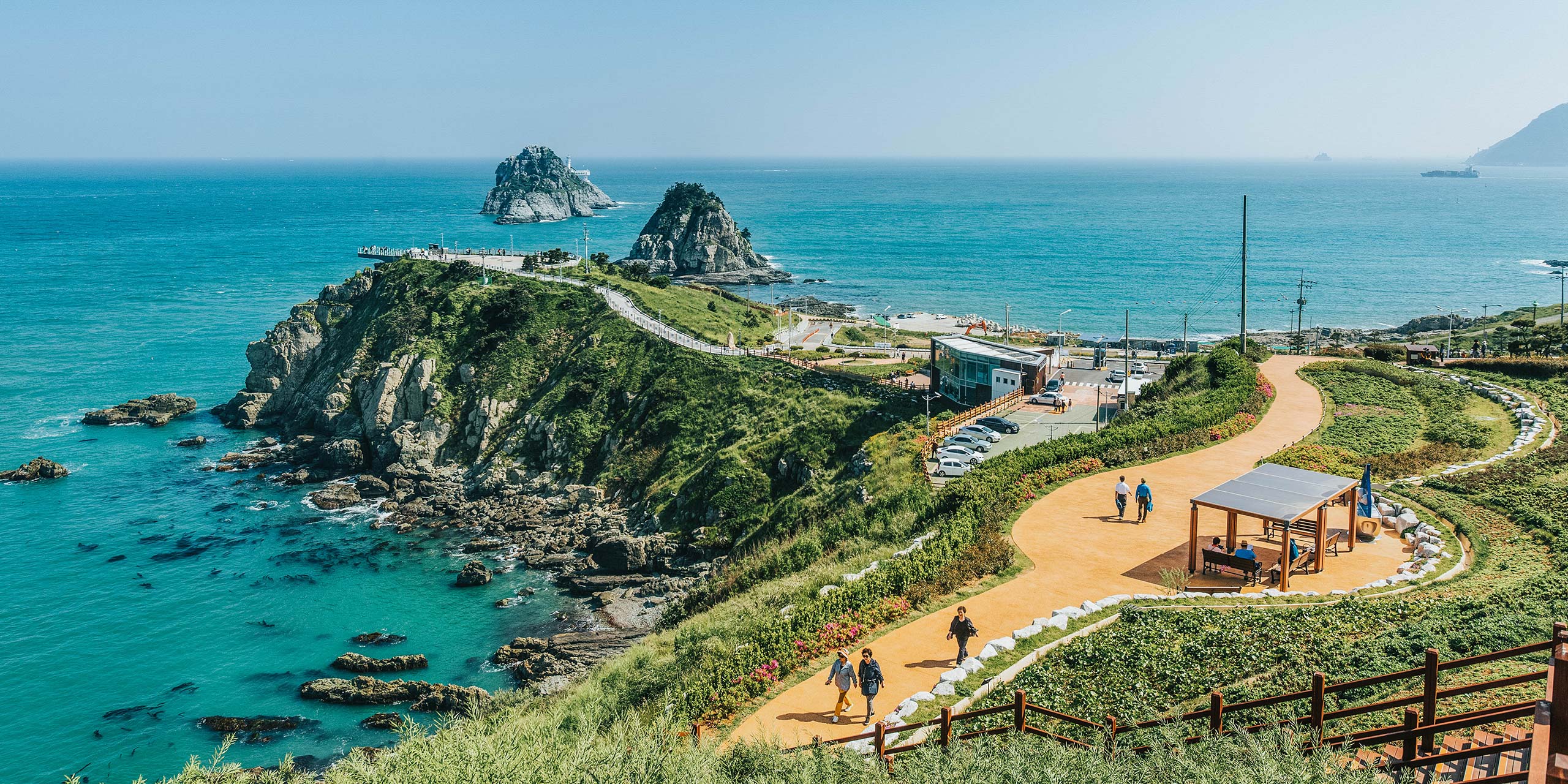
It’s hard to say why, but South Korea’s capital Seoul gets all the hype. Busan, the country’s second city, is often more associated with movies than it is with tourism. The port city’s name resonates as the destination of a bullet train from Seoul filled with the flesh-hungry zombies of Yeon Sang-ho’s “Train to Busan.” Cinema buffs also know it for the Busan International Film Festival, the most important in South Korea, which has happened every year since 1996.
Wedged between the ocean and a backdrop of tall, very hikeable mountains, Busan is much more than its cinematic fame suggests and deserves a few days of your time — close to a week would be ideal. But if you don’t have that luxury, try at least to slot these following seven spots into your visit.
Haeundae Beach
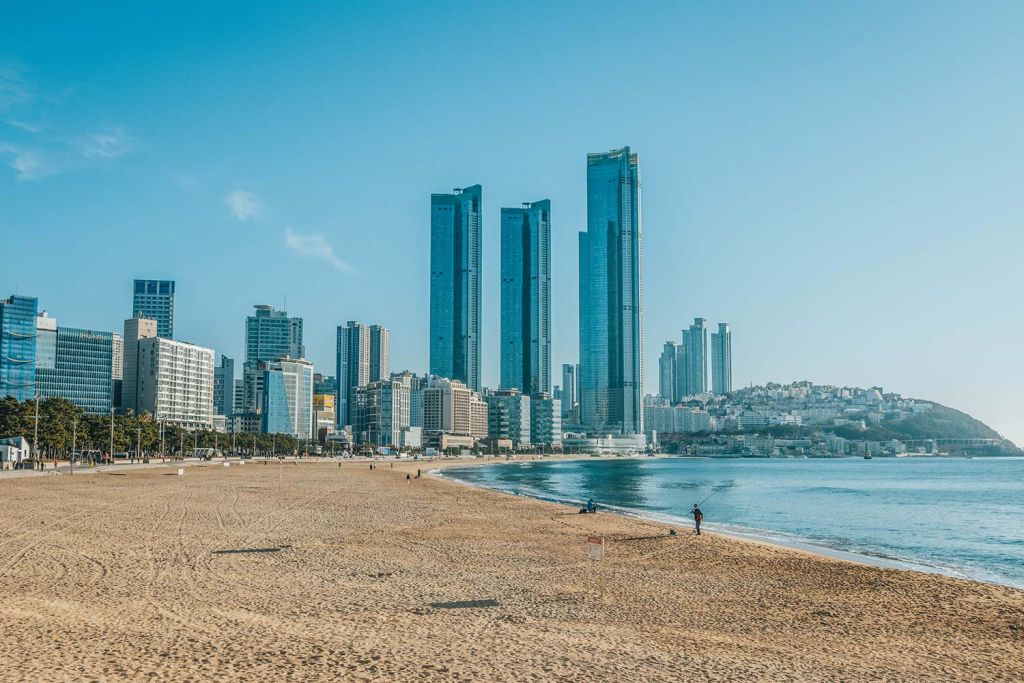
This neighborhood on the sea is where most people coming to Busan flock, thanks to the popularity of its namesake beach, a haven for swimming, surfing, and sailing. It’s around a mile long and 100 to 170 feet wide. With its soft sand and shallow bay, the most famous beach in the city is a magnet for swimmers in the summer months.
Besides sunbathing and swimming, Haeundae is also home to the Sea Life Busan Aquarium, whose primary attraction is a 270-degree underwater tunnel filled with marine creatures. The Turtle Rescue Zone is also noteworthy in connecting visitors with hands-on activities to help the local marine turtle’s welfare.
Jagalchi Fish Market
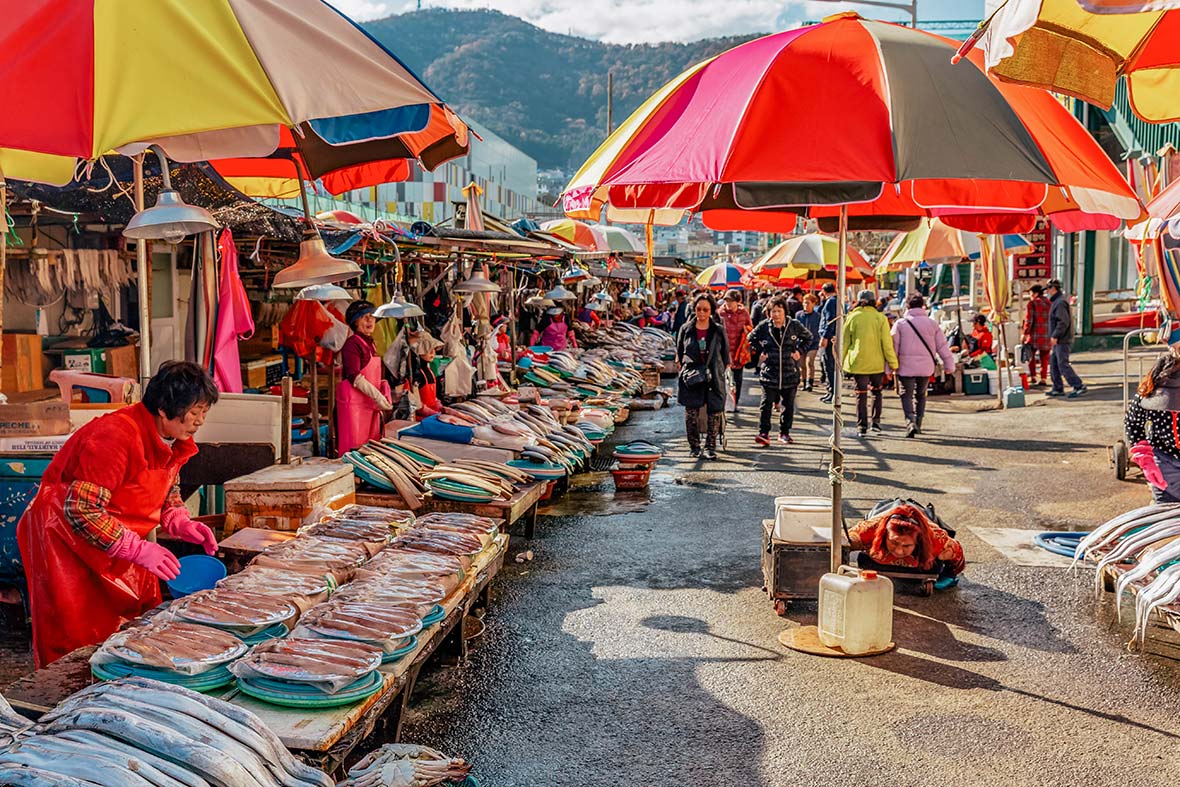
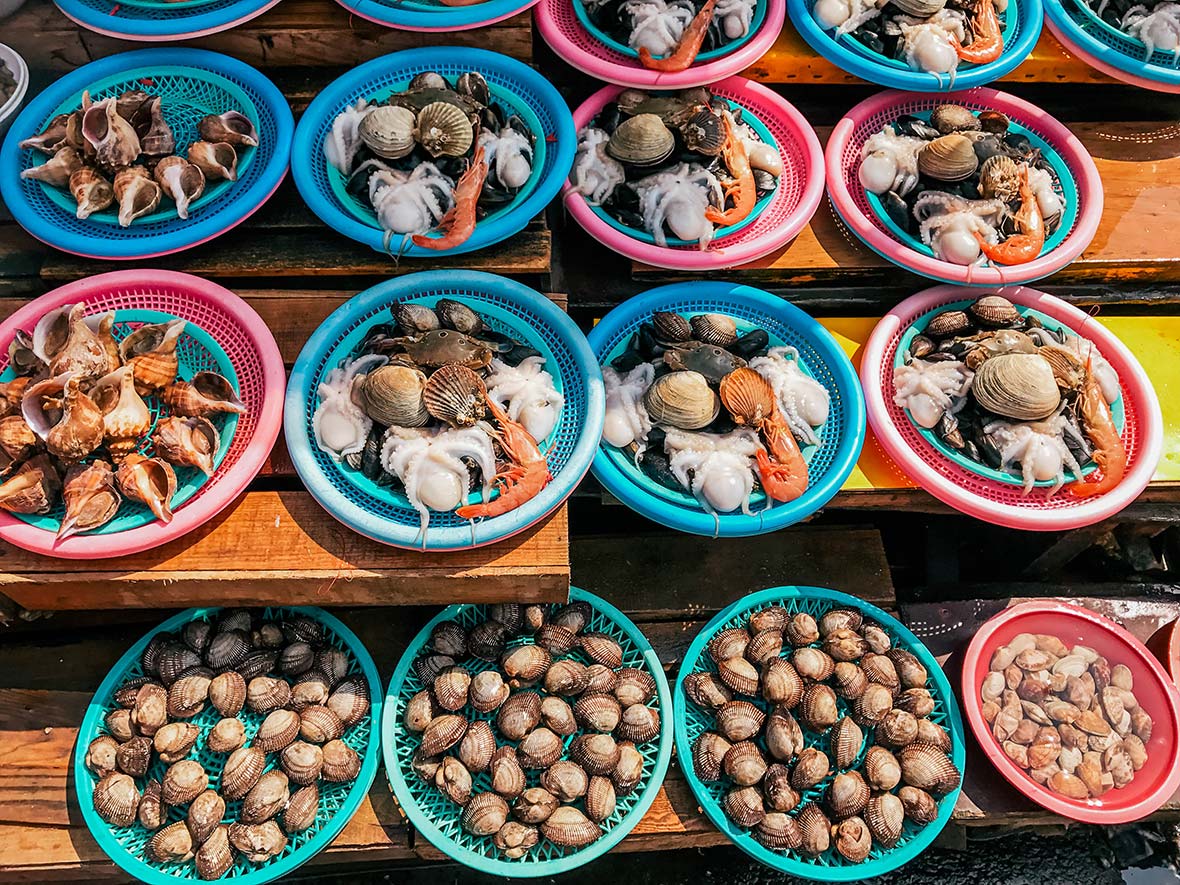
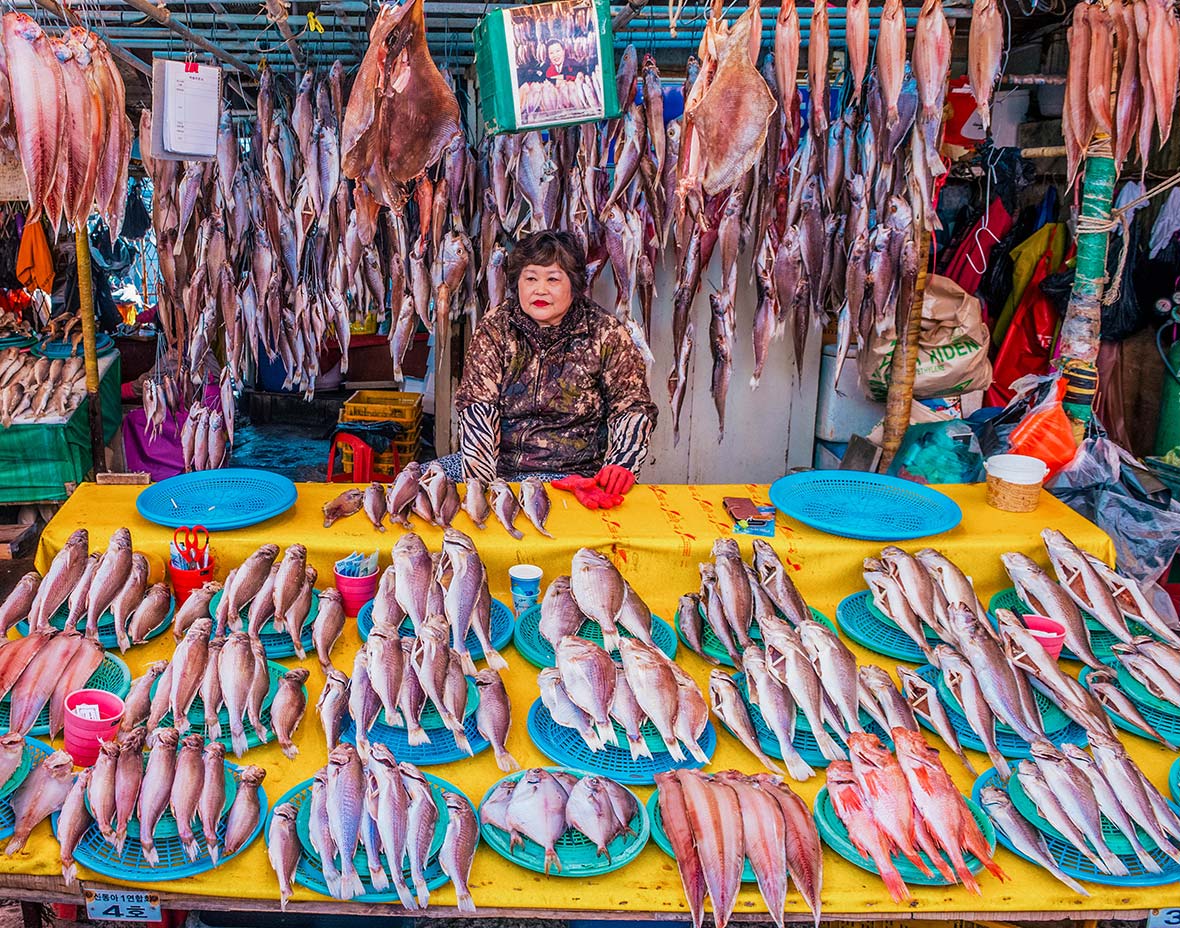
Busan never hides its origins as a fishing port. The world-famous Jagalchi market, the biggest fish market in Korea, is one of the best places to experience that heritage.
Jagalchi’s principal market is inside a large complex filled with stalls offering live and dried fish. It’s best to go in the early morning, when business is thriving, and many Koreans come here to have a fish dish for breakfast. On the upper floor of the indoor building, there is also a large hall with food stalls, a splendid view of the sea, and a port where one can have lunch.
The action spills in the lanes right outside Jagalchi’s main building as sellers pack the sidewalks next to hole-in-the-wall restaurants to sell more of the freshest catch of the day.
BIFF Square and around Nampo
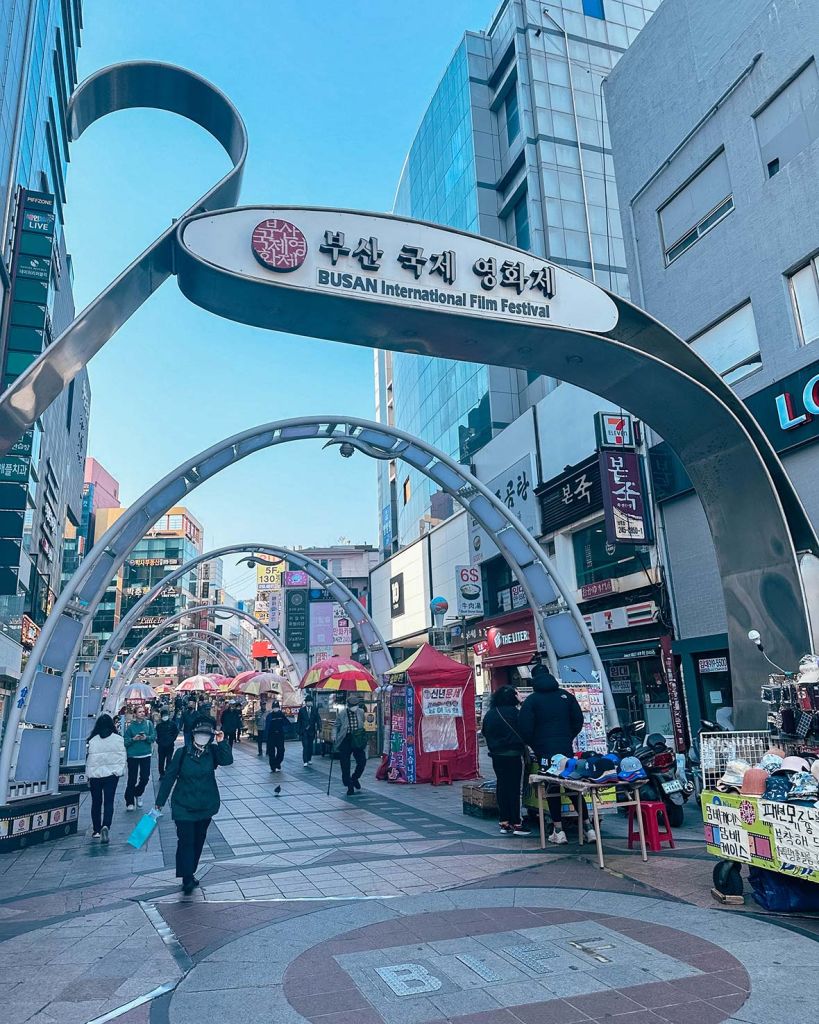
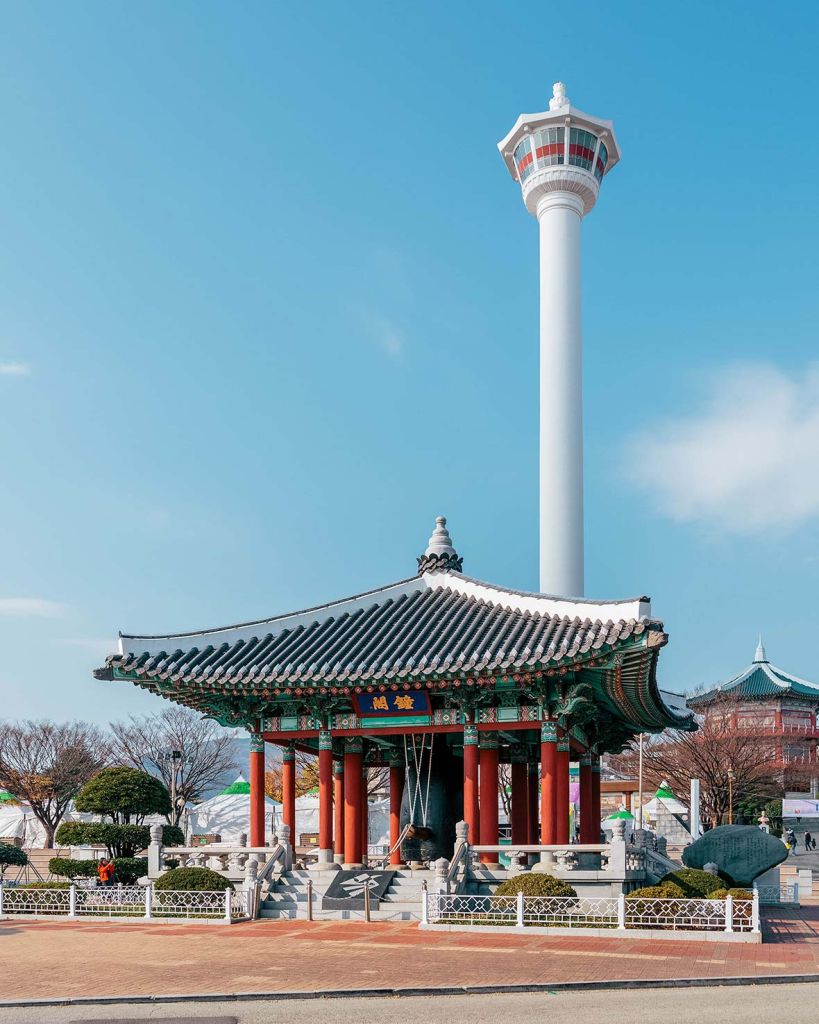
After visiting Jagalchi market, keep walking north towards the memorial archway to the Busan International Film Festival, one of the city’s claims to fame, which sits next to the former festival building. These days, BIFF has grown bigger and now takes place elsewhere, but BIFF Square is the starting point for a discovery of Nampo, one of Busan’s more historic and interesting areas.
Cinema fans should not miss the Busan Museum of Movies, a celebration of K-cinema, South Korea’s most appreciated international export. Proceeding north is Gukje Market, one of the largest in Korea. Its name means “international” from its origin as a hub for refugees from the Korean War who made a living here selling smuggled goods. Today, it’s a good place to try Korean street food and browse for kitchenware, clothing, and machinery tools. The stalls spill into the nearby Kkangtong market.
Don’t leave Nampo before reaching the well-researched Busan Modern History Museum, which sits at the beginning of the quiet, breezy grounds of Yongdusan Park.
Gamcheon Culture Village
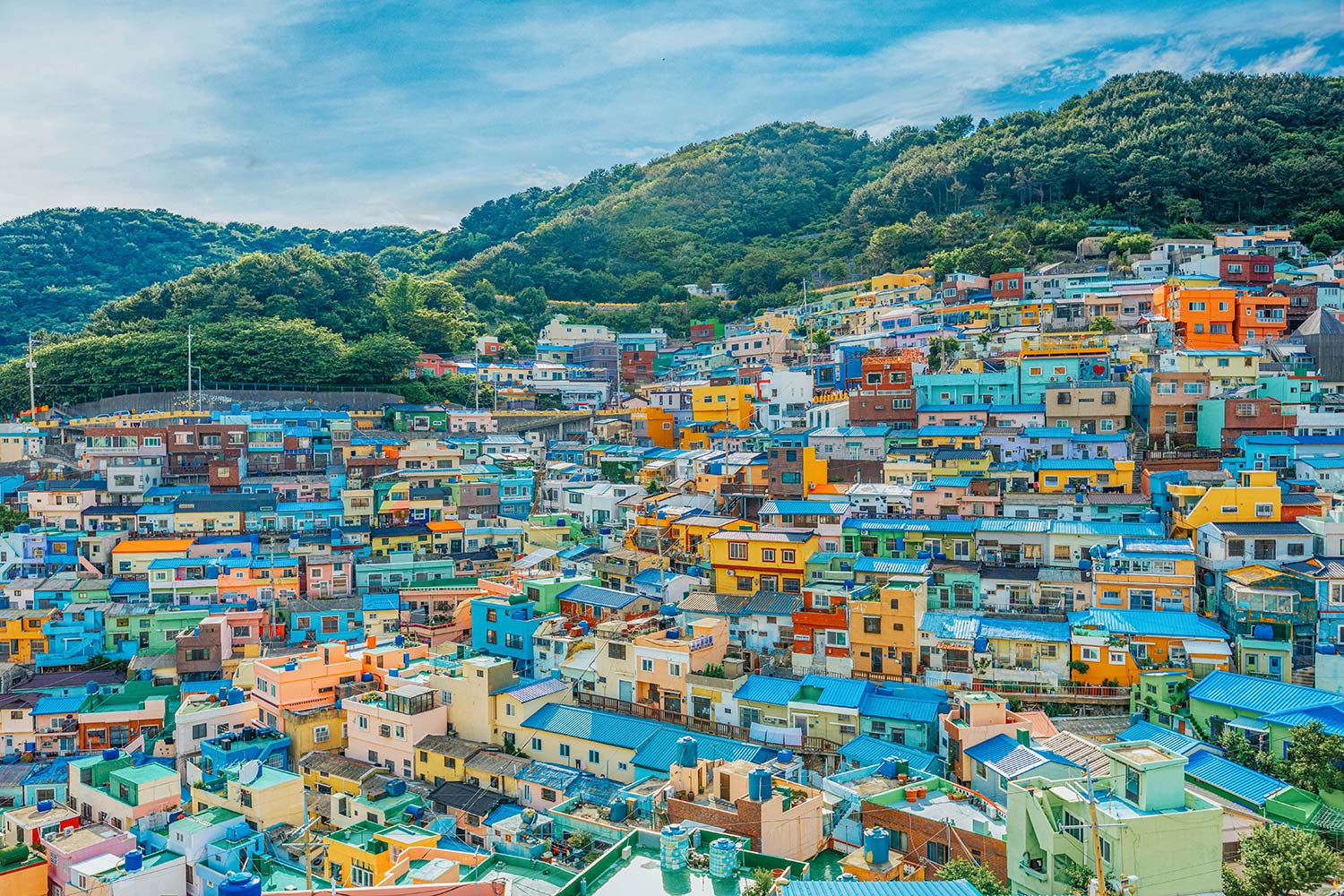
Tucked in the hills to the southwest of Busan and to the west of Nampo, historical Gamcheon has become one of South Korea’s most visited villages. Built in the 1930s, in the 1950s, Gamcheon became a “city slum” when many poor people moved here looking for much-needed mountainous shelter after the Korean War broke out.
The result of years of unplanned development is a messy barrage of concrete homes built and scattered in staircase style around the foothills of a coastal mountain. This feature earned Gamcheon the nickname “Machu Picchu of Busan,” which hints at how commercial the place is today after they painted most homes with vibrant, rainbow-like colors to breathe new life into the old district and attract visitors.
This beautification experiment started in 2009 and has succeeded: thousands of tourists visit daily, queuing up to take selfies in the village’s most Instagram-pretty corners. You can do much more by avoiding the crowds and climbing to the village’s upper limits, where well-maintained hiking trails soar over the coastline, offering fantastic views of the ocean and its backdrop of sheer mountains.
Igidae Coastal Walk
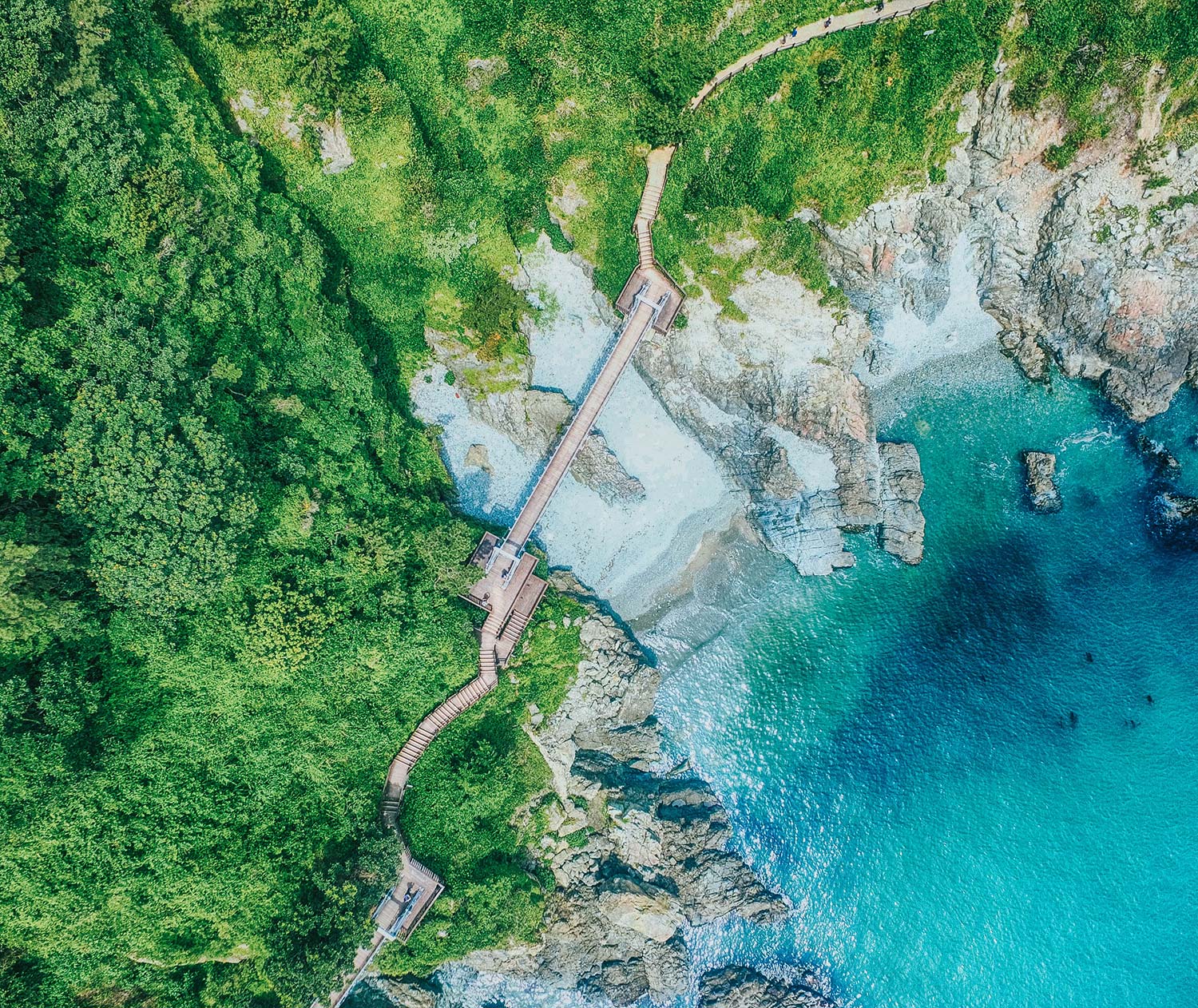
The 3-mile trail from the south-central district of Oryukdo to Igidae is one of the best short hikes in Korea for lovers of coastal views, craggy cliffs, and crashing waves. Situated in Busan’s Nam-gu district, this trail follows a coastline of beautiful 80-million-year-old volcanic and sedimentary rocks on one side and forested mountain slopes on the other.
The Igidae Coastal Walk starts (or ends, if one walks it from north to south) near Busan’s Oryukdo Skywalk, a popular viewing platform perched on the junction of the East and South Sea and facing the jagged cluster of Oryukdo islets. This is also where the Igidae Coastal Walk meets the Haeparang Trail — 478 miles spanning from Busan to the DMZ line near Jejin hugging the east coast of the country — and the 900-mile Namparang trail to Ttangkkeut Village in Haenam, Jeollanam-do.
Without walking that far, it’s exciting enough to spend about three hours hiking from Oryukdo Sunrise Park along wooden stairs that go uphill and follow the accessible forest and coastal trail to Nongbawi Rock, a boulder believed to have the shape of a Buddha praying for the safety of passing ships. Pushing on, the landscape of wave-cut rock terraces continues until Chima Rockface, which takes its name from its similarity to the flatness of a traditional Korean skirt.
Soon enough, one starts getting closer to the city and panoramic views of Busan’s iconic Gwangandaegyo Bridge (beautiful at sunset when the bridge lights up) until the hiking path connects to the trans-urban Dongbaekseom Coastal Trail, which snakes along the city’s coastline until the famous Haeundae beach.
Gwangalli Beach
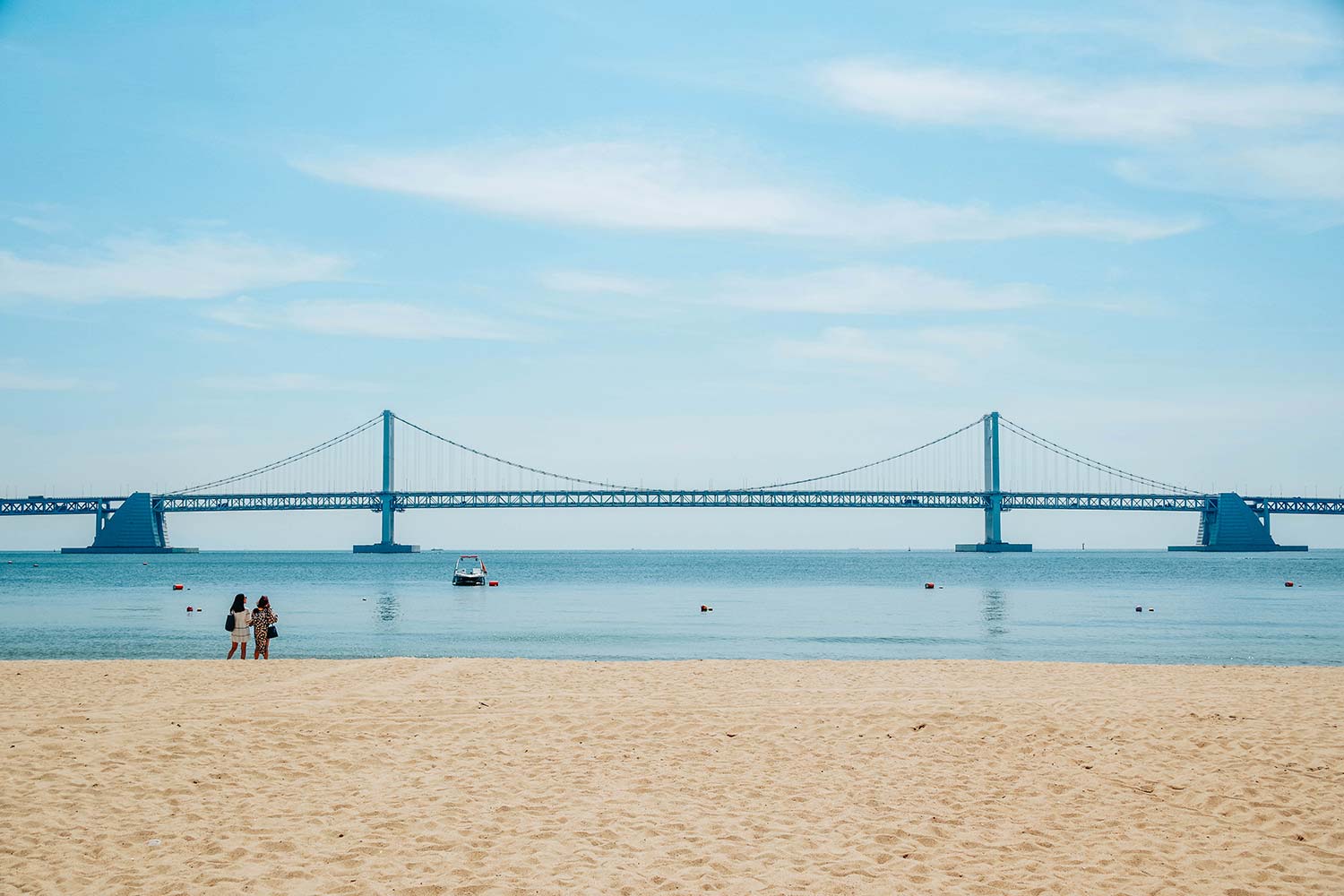
One of the city’s most central beaches, Gwangalli enjoys a unique view of the Gwangnam Bridge crossing the sea, and as soon as spring breaks, it becomes one of the city’s most happening spots.
Whether it’s coming during the day for a swim or taking a stroll at night, when buskers and singers set up along the beach to serenade the passersby, Gwangalli Beach is always full of people and has a wide choice of restaurants and bars.
On Saturdays, don’t miss the incredible Gwangalli Drone Show at 8 and 10 pm, when more than 300 drones equipped with colorful lights fly together to create images in the night sky.
Haedong Yonggungsa Temple
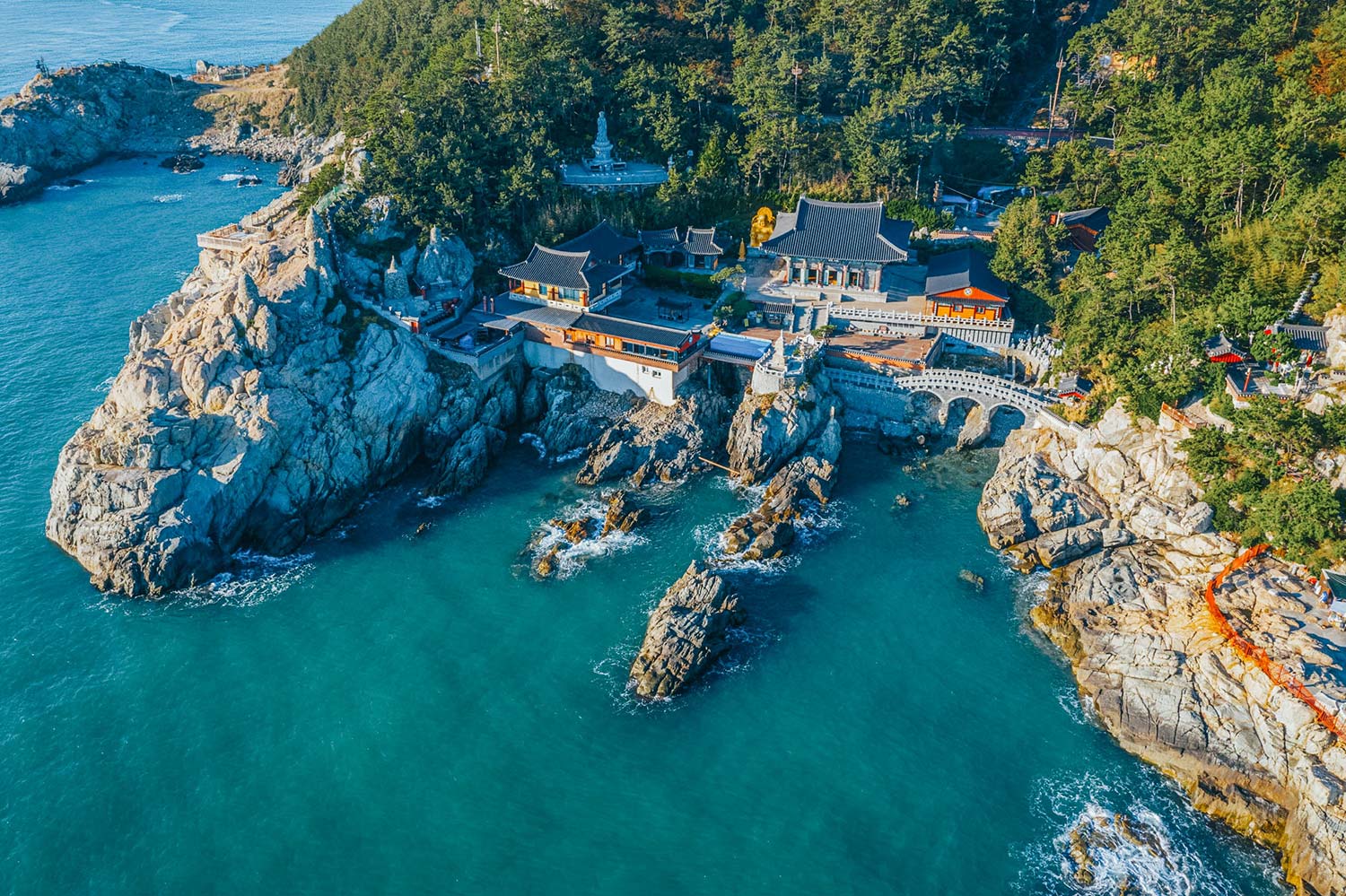
Busan also has one of South Korea’s most stunning temple locations on a rock cliff overlooking the sea. If you come at a time of strong waves, as it happened to me, the spectacle of this maroon-roofed Buddhist temple perched on grey rocks battered by water is incredible.
The original shrine was built here in 1376 during the Goryeo dynasty, but after it was destroyed during the Japanese invasion of Korea at the end of the 16th century, what we can see today was built in the 1930s and named Haedong Yonggung in 1974.
The complex is large and worth a visit at any time of the year, but particularly during Buddha’s Birthday celebrations (celebrated in Korea between the end of April and the beginning of May, depending on the year, and based on the 4th month of the Chinese calendar) when the whole complex is decorated with paper lanterns.
